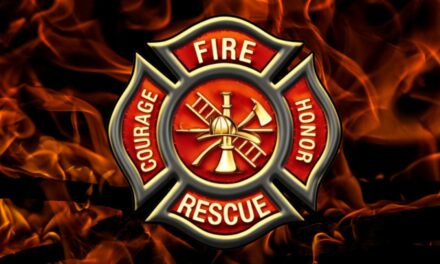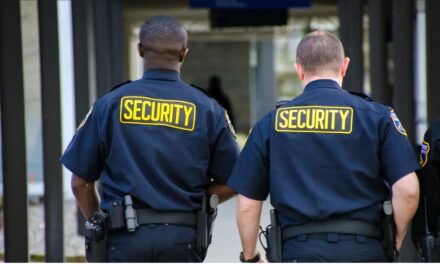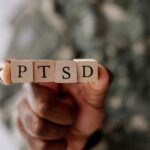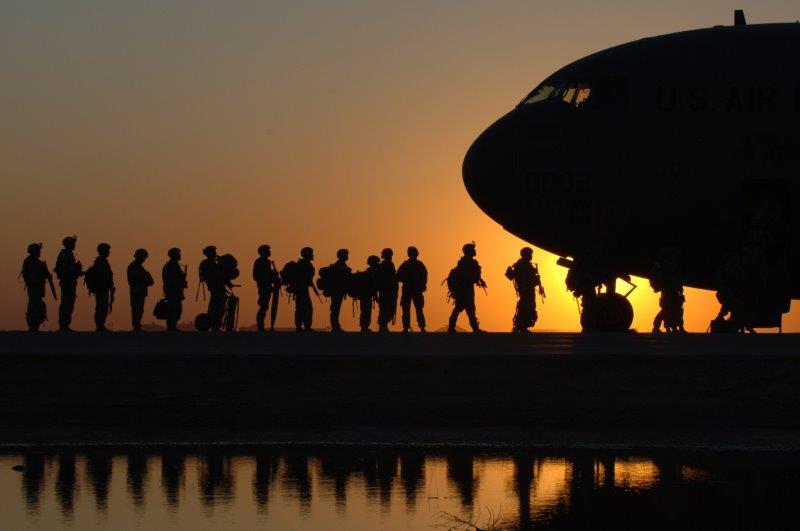Teachers often find themselves at the heart of a crisis, whether within the walls of their classrooms or in broader community emergencies. A 2021 report by the Department of Education acknowledged that educators frequently encounter students' acute socio-emotional and health issues.
So, are teachers first responders? This article delves into the multifaceted role teachers play as unsung first responders and how they handle the weighty responsibilities accompanying such unexpected challenges. From natural disasters to classroom mental health crises, we uncover what being on education's front line truly means for our dedicated teachers.
Discover why their heroic efforts matter more than ever.
Key Takeaways
- Teachers act like first responders in emergencies by keeping students safe during natural disasters and health crises.
- They also play a key role in noticing and addressing mental health issues, often without formal training.
- In community - wide events such as the opioid crisis or Hurricane Katrina, teachers provide crucial support and information to students and families.
- Case studies show that educators have saved lives, offered emotional support during disasters, and helped manage public health concerns in schools.
- Schools need to give teachers proper training for dealing with physical safety and socio-emotional well-being of students.
Defining the Role of Teachers as First Responders
In the landscape of emergency preparedness and response, educators are increasingly being recognized for their pivotal role in safeguarding the welfare of students during crises. Teachers not only impart knowledge but also act as vigilant protectors, addressing both immediate dangers and the nuanced socio-emotional complexities that can arise in times of distress.

Teachers in Crisis Situations
Teachers face challenges well beyond their traditional roles, stepping into the shoes of first responders during emergencies. They keep students safe during natural disasters, such as earthquakes or tornadoes.
Educators often deal with immediate health crises like allergic reactions or injuries on school grounds. Their swift actions can prevent situations from getting worse and ensure that help arrives quickly.
In classrooms across America, teachers are also on the front lines of mental health issues. They may be the first to notice signs of distress in a child or adolescent's emotional state.
With proper training, they can respond effectively to these signals and provide crucial support until professionals step in. Teachers' skills in identifying early symptoms play a vital role in early detection and intervention for students' wellbeing.
Moving forward, let's consider how educators cater to socio-emotional needs within the academic environment.
Teachers as Responders to Socio-emotional Issues
In times of crisis, the emotional states of students often come to light in the classroom. Educators step up, not only as instructors but also as crucial supporters of mental health and wellbeing.
They are frequently the first to notice changes in a child's behavior or mood. With keen observation, teachers identify signs that may indicate socio-emotional distress. Their role extends beyond academics; they create safe schools where children can express their struggles.
Schoolteachers provide support that helps manage emotional issues among youth effectively. Without formal mental health training, many still navigate these waters with care and compassion.
They listen to student concerns and foster a learning environment where every individual feels valued and understood. These efforts contribute significantly to educational attainment by addressing both the minds and hearts of their students.
The Impacts and Challenges of Being First Responders for Teachers
The assumption of first responder duties by teachers brings both profound impacts on educational environments and formidable challenges to those at the head of the classroom. Navigating this role, educators face a complex intersection of responsibility for students' physical safety and emotional well-being, often without adequate preparation, revealing a pressing need for comprehensive support systems and targeted training that address these critical aspects of contemporary teaching.
| Training/Support Type | Description |
|---|---|
| Mental Health Awareness | Understanding common mental health disorders and their signs |
| Crisis Management | Techniques for interacting with students in crisis and managing classroom during emergencies |
| Referral Procedures | Knowledge about when and how to refer students to mental health staff |
The role in natural disasters
Teachers play a critical role during natural disasters. They keep students safe and calm in the chaos. Schools often serve as shelters, so educators may help with food, comfort, and first aid.
Teachers guide children through drills for earthquakes, fires, or tornadoes before emergencies happen.
In times of disaster, teachers become leaders in their communities. They provide vital information to families about safety and recovery plans. Their skills in managing groups prove essential when organizing relief efforts.
Quick thinking allows them to adapt lessons on the spot to support their students’ emotional needs after a traumatic event.
Did You Know: In many jurisdictions, teachers are legally considered mandated reporters. This means they are required by law to report any suspicions of child abuse or neglect. This responsibility aligns them with other first responders, like police officers and medical professionals, who have a duty to protect and serve vulnerable populations.
Response to the opioid crisis
Educators face a growing challenge as the opioid crisis touches students' lives. They are often on the frontline, noticing signs of distress and substance abuse among their pupils.
With health training needs rising, teachers must identify students affected by addiction and provide immediate support. Classroom experiences reveal this harsh reality: educators need mental health training to tackle such issues effectively.
Schools have become critical arenas for intervention in the fight against opioids. Educators collaborate with healthcare workers to steer students towards recovery resources. Mental health of children is at stake, making it vital for teachers to possess the skills for early detection and response.
Ongoing professional development in child and adolescent mental health is essential for empowering educators in this battle.
Case Studies of Teachers Acting as First Responders
Teachers often jump into action during crises. They show courage and quick thinking to keep students safe.

- A social studies teacher in a U.S. high school calmly guided students to safety during a fire. She followed emergency protocols while comforting frightened teens.
- At Sandy Hook Elementary, teachers protected their students with their own bodies. Their bravery saved lives during a tragic shooting.
- During Hurricane Katrina, educators turned classrooms into shelters. They provided not just education but also care and support for displaced families.
- Australian teachers responded when floods hit Queensland schools. They organized food, clothing, and shelter while normal life was on pause.
- When the opioid crisis affected students' families, teachers were there. They offered counseling and connected kids with social services for help.
- Teachers spotted signs of mental health issues in the classroom. Training helped them address such problems early on, preventing worse outcomes for children.
- In rural areas without many health resources, schoolteachers acted as health educators. They taught about hygiene and disease prevention during outbreaks.
Conclusion: Are Teachers First Responders
Educators play a crucial role as first responders in crisis situations. They often face emergencies, from natural disasters to mental health issues. Providing them with proper training and support is essential for student welfare.
These dedicated professionals can foster resilience and safety in schools. Encouraging further development of their skills benefits the entire community. This article has made a case that teachers are first responders. Let's recognize and empower teachers in their vital roles on the front lines of education.
FAQs
1. Why are teachers considered first responders?
Teachers often face classroom emergencies and are usually the first to respond when a student has a mental health issue, acting as de facto first responders in crisis situations.
2. What kind of training do teachers need for handling crises?
Teachers express a need for better mental health training to manage various issues that present in classrooms, including data from studies showing this critical requirement.
3. Do Australian teachers feel prepared to handle mental health crises?
Many Australian educators feel inadequately trained to address major mental health issues identified by research such as the second Australian Child and Adolescent Survey of Mental Health.
4. How does being an untrained first responder affect teachers?
When faced with mental-health-related incidents without proper training, teachers' ability to effectively help students while maintaining their own well-being can be greatly impacted.
5. What role should teacher training play in preparing educators as first responders?
Effective teacher training programs must equip educators with necessary skills and knowledge related to children's mental health so they can confidently address these challenging situations.
6. Are there calls for policy changes regarding teacher's roles as first responders?
Yes, recognizing the burden placed on educators underscores the importance of revising national safe schools frameworks and policies that support teachers’ needs in crisis management.
7. Are teachers considered first responders when a student presents with a mental health issue?
Yes, teachers are often the first to respond and feel responsible for managing mental health issues in the classroom, despite inadequate training.
8. How many teachers were interviewed on mental health training needs?
Interviews were undertaken with 18 in-service teachers between 2020 and 2021 to identify critical features of mental-health issues and training needs.
9. What organization examined teachers' experiences with student mental health issues?
A University of Sydney study examined classroom experiences and the training areas identified by teachers as necessary to manage mental health issues.
10. Do teachers feel prepared to respond when a student presents with a mental health issue?
No, teachers often feel inadequately trained to manage mental health issues identified in Australian classrooms despite being first responders.











